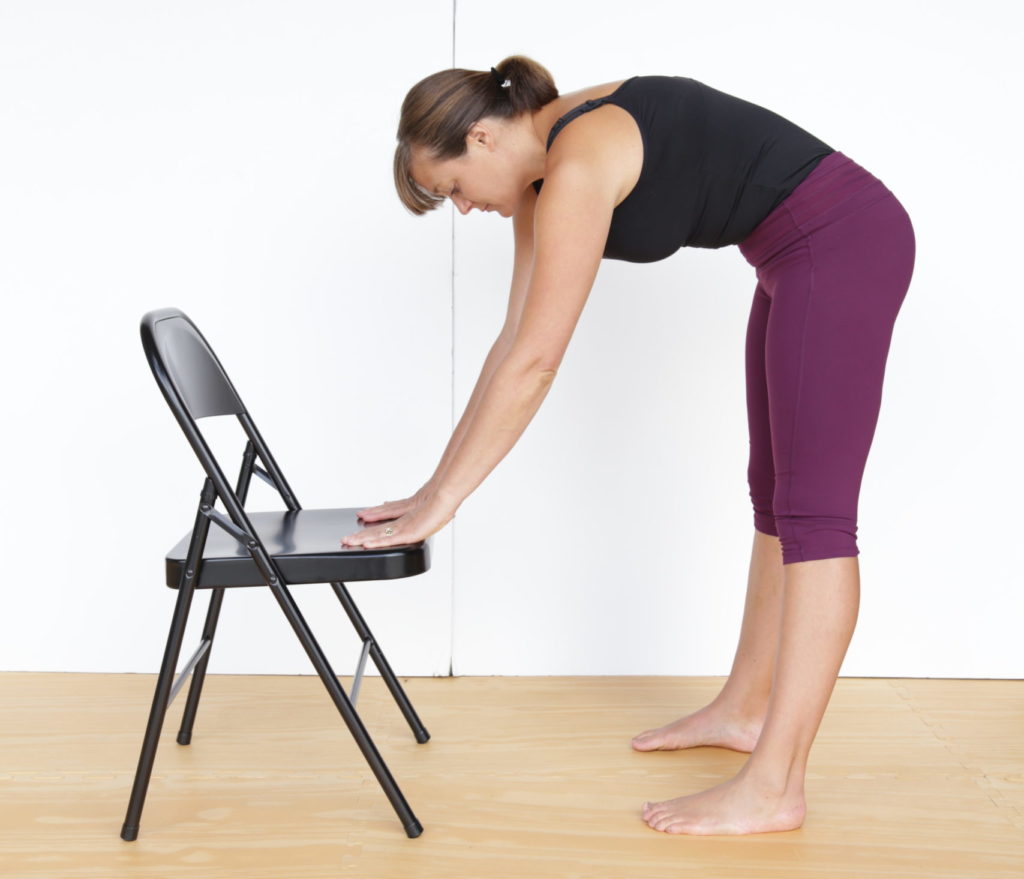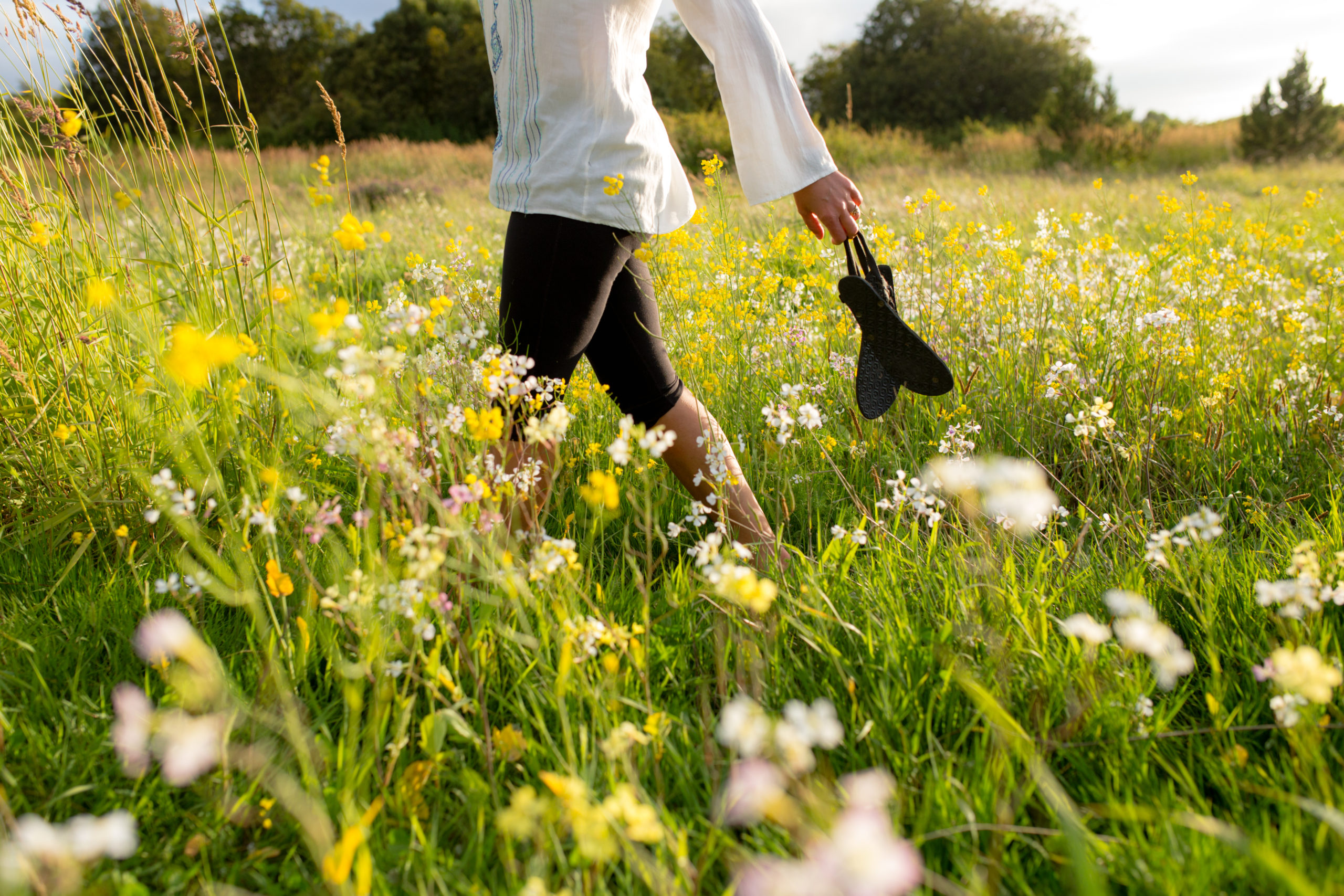For more articles and a list of exercises for or affecting the pelvis, check out Our Best "Healthy-Pelvis" Resources.
For 10 years, we’ve been receiving emails thanking us for our “healthy pelvis” exercises—so many of you have less painful periods now. This is a note to explain why we focus so much on the legs and hips in those exercises, as well as a bit of history as to how these moves came to be.
Period pain
Menstruation is a movement. It’s a movement that until recently, humans have done while moving their bodies around a lot and this novel, movement-free environment should always be considered when it comes to the inner workings of our physiology.
There’s now a tremendous number of menstruators (hard to pinpoint when considering all populations, but it appears to be at least 50%) with primary dysmenorrhea. Dysmenorrhea is a pain, literally. It’s a painful period, ranging from light to severe, that can also include vomiting, diarrhea, headache and fainting. The “primary” means that the dysmenorrhea is not occurring simultaneously with another known pelvic pathology. (Secondary dysmenorrhea can be created or affected by issues like endometriosis and fibroids that can cause extremely painful periods, and I know that people suffering from those conditions have likely heard a million “just do this” solutions, and I’m not trying to offer that here, although I hope that movement might relieve some part of your pain.)
I used to have painful periods. Through my teens and twenties, the first two days of my period, always starting at night, I’d wake up with achy legs and feet. Then I’d be curled up in a ball, feeling like I might throw up. To deal, I’d take about four Tylenol to get me through these two days, then I'd be back to normal.
Our collective period pain requires a tremendous amount of medicine so we can endure this most foundational of natural human movements. I’m not saying that to shame people needing medicine—I’ve been there—but to highlight the severity of the issue: that we humans are having major problems with a baseline movement.
Moving the sedentary pelvis

We’re a sedentary culture, so the sedentariness of our bodies is not on our radar. When we think of our pain, we don’t think of our stillness first; a mostly sitting pelvis and uterus are the norm, and so are medicalized periods. I was a healthy, exercising fool back when my periods used to wipe me out, which is why the difference between exercise and movement is key here—my whole-person fitness exercises weren’t the movements that ultimately got me out of pain. (This is because even exercisers in our culture are sedentary in terms of time spent unmoving!)
When I was in graduate school studying movement, my focus was on the mechanics of pelvic disorders. While many wouldn’t lump painful periods in with pelvic-floor issues, I could start all pelvic issues in the same category—symptoms of sedentarism manifesting in the pelvis (which isn't to say the movement environment is the only factor, but that it certainly needs to be addressed).
There were two things I’ve always noticed about my dysmenorrhea. The first is that my uterus felt cold. In fact, I used to sit over the toilet and pour warm water between my legs for relief if a bath wasn’t available. The second thing was my legs and feet ached the night before my period.
At school I dug into research investigating how the uterus worked, and it was there I found that those with dysmenorrhea experience decreased blood flow to their uterus (and those with severe symptoms have decreased blood flow in both the main artery as well as the smaller branches). That made me think about local musculoskeletal movements and how those influence vasodilation and blood flow to those areas.
Then I went to an artery map to see where the uterine arteries begin and found that they branch off the internal iliac arteries which branch from the common iliac arteries. Then I thought about which local movements of my skeleton would get my skeletal muscles contracting and opening (vasodilate) the arteries that feed them: movements of the lumbar spine and the movements of the hip joints.
At that point I was always moving my legs a ton, being a runner, a (terrible) triathlete, and a, wait for it, STEP AEROBICS INSTRUCTOR NO JUDGEMENTS IT WAS AN AMAZING TIME IN MY LIFE.
But despite hours of movement a day my hips were very tight. Although I moved my legs a lot, I wasn’t actually moving all of my leg parts—my hip joints didn’t move that much at all (I didn't have much hip extension and my groin was tight). So I started working on a set of exercises specific to improving the movements in the hips and pelvis. More specifically I dug in to how necessary form would be to not go "around" tight area—there's a ton of great exercises out there, but so many of them are done with poor form, while they get a whole person moving, they're hardly effective in increasing the movement in certain spots.
I wound up with a set of exercises that helped me move sedentary spots around my pelvis and took me out of the more severe pain to a mild discomfort.
Stretches for periods aren’t new. You can find them in 1950s medical journals, and I remember this great doorway stretch my aunt taught me thirty years ago, that would get rid of that lower-belly ache. These were just a greater, more-targeted arsenal of exercises that effectively addressed movements limited by the much more prevalent sedentarism of my time.
Where do the feet come in?
A few years later I started wearing minimal shoes and took myself on a twelve-mile hike wearing Vibrams—shoes that are pretty much like wearing socks. I won’t lie, this hike was really hard, because my feet had never moved that long over really hard and lumpy ground, and I was limping at the end. But, BUT, the period that came a few days later arrived silently. No aches, no pains, not even mild ones. I was totally surprised and couldn’t believe it.
Ten years later, after wearing only minimal footwear, I rarely have any discomfort, although I still get a tiny bit leg-achy just before when I haven’t been moving as much (I never remember why—I’ll just be wandering around my house, asking for foot massages, and my husband points out that it must be period time). Just recently I challenged myself to walk 10 miles a day for 44 days, and the two periods I had during that time were, just like the time I walked 12 miles in Vibrams, ninja-stealthy in their arrival. So maybe it wasn’t the minimal shoes at all, but walking a ton in them. Of course, a high volume of walking with good hip movement is going to bring more blood through the iliac arteries, so I’m not surprised like I was before. Although I don't know how or why foot, ankle, and leg movements affect the way my period feels, I know they matter, so I do them.
We have to move. Period.
We can’t ignore our sedentary culture when it comes to understanding and detailing how our body works. Maybe your painful periods are just sedentary ones, like mine were. To test it, you can try moving more of your pelvic parts as well as your whole person more.
And that is all I have to say about periods. #getmoving #period
For more on menstruation, read How Your Period Works or listen to Move Your DNA podcast episode 50: Movement, Period. For more articles and a list of exercises for or affecting the pelvis, check out Our Best "Healthy Pelvis" Resources.




